Home>Articles>What Determines The Brightness Of A Light Bulb
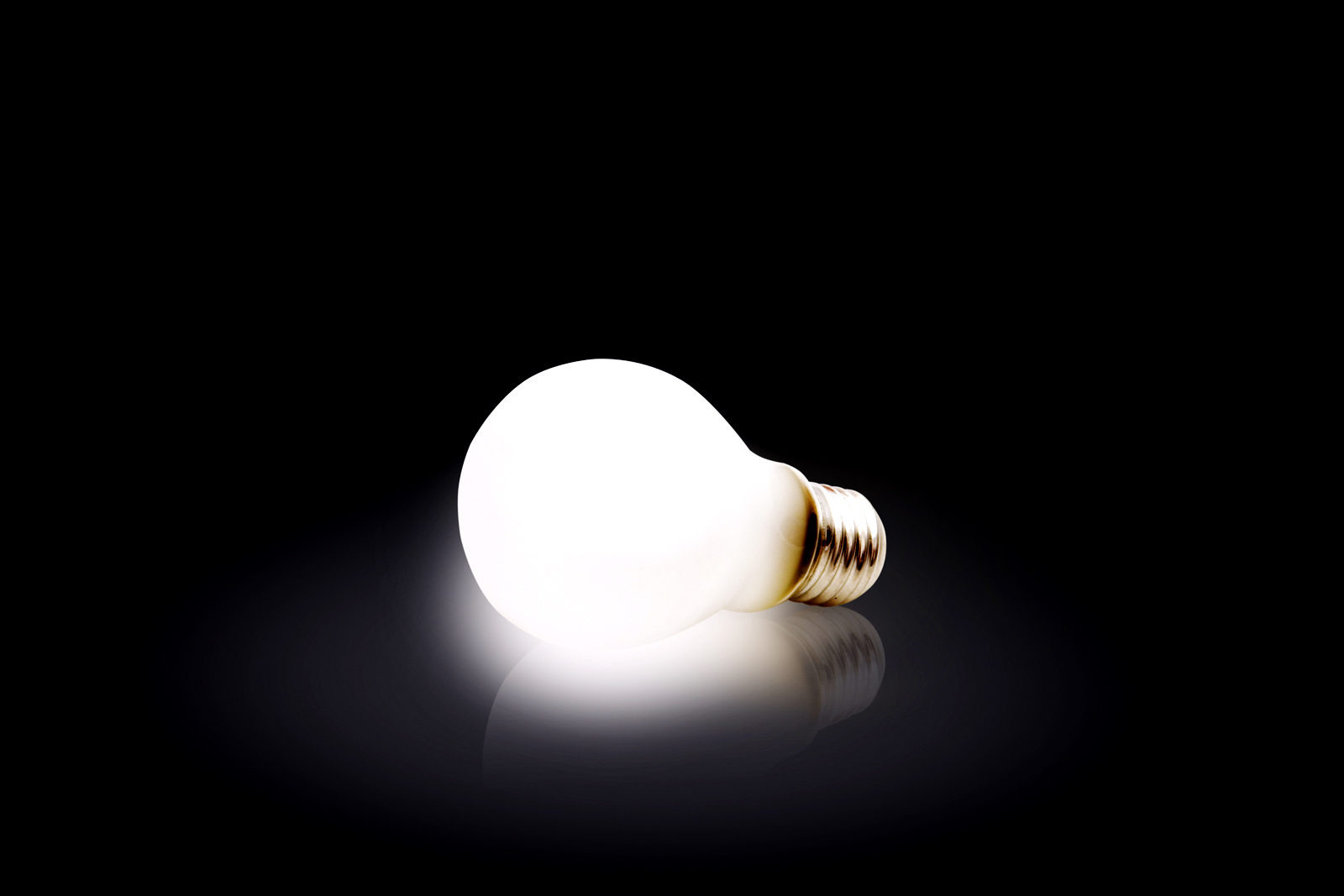

Articles
What Determines The Brightness Of A Light Bulb
Modified: September 2, 2024
Discover the factors that determine light bulb brightness and how they can impact your lighting experience. Read our informative articles to make informed decisions.
(Many of the links in this article redirect to a specific reviewed product. Your purchase of these products through affiliate links helps to generate commission for Storables.com, at no extra cost. Learn more)
Introduction
When it comes to lighting our homes and workspaces, one of the most important factors to consider is brightness. The brightness of a light bulb not only affects our ability to see and perform tasks efficiently but also plays a significant role in creating the desired ambiance and atmosphere in a room. However, do you ever wonder what determines the brightness of a light bulb? In this article, we will explore the key factors that contribute to light bulb brightness, including voltage, wattage, lumens, color temperature, CRI (Color Rendering Index), bulb type, and bulb aging.
Understanding the factors that determine light bulb brightness is essential for making informed decisions when selecting the right bulb for your needs. Whether you are looking to brighten up a room or create a cozy and relaxing environment, knowing how these factors affect brightness can help you achieve the desired lighting effect.
So, let’s dive into the factors that determine light bulb brightness and demystify the science behind how light bulbs work.
Key Takeaways:
- Understanding the factors that determine light bulb brightness, such as voltage, wattage, lumens, color temperature, CRI, bulb type, and aging, is crucial for creating the perfect lighting atmosphere in any space.
- By considering voltage, wattage, lumens, color temperature, CRI, bulb type, and the aging of the bulb, we can make informed decisions when selecting the right bulbs for our lighting needs, ensuring the desired lighting experience.
Read more: What Is A Light Bulb
Voltage
Voltage is one of the primary factors that influence the brightness of a light bulb. Voltage refers to the electrical pressure or force that drives the flow of electrons through a circuit. In simpler terms, it is the amount of electrical energy supplied to the bulb. The voltage supplied to a light bulb impacts the intensity of the light it emits.
Most residential and commercial lighting systems operate on standard voltages of either 120 volts or 240 volts. When a light bulb is designed to operate on a specific voltage, it is important to ensure that it is connected to a compatible power supply. Using a light bulb with the wrong voltage can significantly affect its brightness and cause it to malfunction.
It’s important to note that the voltage supplied to a light bulb should not exceed its specified voltage rating. Overloading a light bulb with excessive voltage can result in overheating and premature failure. On the other hand, if the voltage supplied is lower than the recommended rating, the bulb may produce dimmer light than expected.
It’s worth mentioning that some specialized lighting systems, such as low-voltage track lighting or landscape lighting, operate on lower voltages, typically around 12 volts. In these cases, a voltage transformer or power supply is used to step down the voltage from the standard household supply to the lower voltage required by the bulbs.
In summary, voltage is a crucial determinant of light bulb brightness. Ensuring that the voltage supplied to a light bulb is within its recommended range is essential for optimal brightness and longevity.
Wattage
Wattage is another important factor that directly affects the brightness of a light bulb. Wattage refers to the amount of electrical power consumed by the bulb to produce light. In simple terms, it represents the energy output of the bulb and is a measure of its brightness level.
In traditional incandescent bulbs, the wattage directly corresponds to the brightness. Higher wattage bulbs produce more light, while lower wattage bulbs produce less light. For example, a 40-watt incandescent bulb will be significantly dimmer than a 100-watt bulb.
However, with the introduction of energy-efficient lighting technologies such as LED and CFL (compact fluorescent), the relationship between wattage and brightness has become more complex. LED and CFL bulbs consume significantly less power compared to traditional incandescent bulbs while still producing a similar amount of light. These energy-efficient bulbs have a higher luminous efficacy, meaning they produce more lumens of light per watt of electricity consumed.
When shopping for bulbs, it’s important to consider both the wattage and the brightness level indicated by the lumens (discussed in the next section). LED and CFL bulbs typically have wattage equivalencies listed on their packaging to help consumers understand the amount of light output relative to traditional incandescent bulbs. For example, a 9-watt LED bulb might be listed as a 60-watt equivalent, indicating that it produces a similar amount of light to a 60-watt incandescent bulb despite consuming only 9 watts of power.
It’s important to note that while wattage is an important consideration for bulb brightness, it is also associated with energy consumption. Using bulbs with lower wattages can lead to significant energy savings over time, making them more environmentally friendly and cost-effective in the long run.
In summary, wattage is a key factor in determining the brightness of a light bulb. While higher wattage traditionally translates to brighter bulbs, the introduction of energy-efficient technologies has changed the relationship between wattage and brightness. Understanding the wattage and corresponding brightness level is crucial when selecting the right bulb for your needs.
Lumens
Lumens are a unit of measurement used to quantify the brightness of a light source. In simple terms, lumens represent the total amount of visible light emitted by a bulb. The higher the number of lumens, the brighter the light output.
Unlike wattage, which measures the power consumption of a bulb, lumens directly indicate the brightness level and are a more accurate representation of how well a bulb illuminates a space. This makes it easier for consumers to compare the brightness of different bulbs, regardless of their wattage or technology.
When shopping for light bulbs, the packaging will typically indicate the number of lumens produced by the bulb. For example, a 800-lumen LED bulb will provide similar brightness to a 60-watt incandescent bulb. This allows consumers to easily choose the desired brightness level for their specific lighting requirements.
It’s important to note that the number of lumens needed for a particular space or task may vary. For general illumination in residential areas, a range of 500-1000 lumens per square meter is often recommended. However, specific tasks, such as reading or detailed work, may require higher brightness levels.
In addition to lumens, it’s also important to consider the beam angle of the bulb. The beam angle determines the spread of light emitted by the bulb. Bulbs with narrow beam angles focus the light in a specific direction, while bulbs with wider beam angles disperse light more broadly. The beam angle, along with the number of lumens, helps determine how well a bulb illuminates a specific area.
It’s worth noting that the perceived brightness of a light source may also be influenced by other factors such as the color temperature and the color rendering index (CRI) of the bulb, which we will discuss in the following sections.
In summary, lumens indicate the brightness level of a light source and play a crucial role in selecting the appropriate bulb for specific lighting needs. Understanding the number of lumens required for a particular space or task ensures that you can create the desired lighting atmosphere in your home or workspace.
Color Temperature
Color temperature is a characteristic of light that refers to its perceived warmth or coolness. It is measured in Kelvin (K) and is a crucial factor in determining the mood and ambiance created by a light source. Understanding color temperature is essential for selecting the right bulb that will provide the desired lighting effect.
Color temperature is often described using terms like “warm” or “cool.” Warm light has a yellowish hue, similar to the color of candlelight or sunrise, while cool light appears bluish-white, resembling daylight or a cloudy sky.
The color temperature of a light source influences the way we perceive colors and can have a significant impact on the overall atmosphere of a room. Warm light is often associated with a cozy and relaxing ambiance, making it suitable for bedrooms, living rooms, and dining areas. Cool light, on the other hand, is often preferred in task-oriented spaces such as offices, kitchens, and garages, where clarity and focus are important.
When it comes to color temperature, it’s important to note that personal preferences may vary. Some people may prefer warmer light for all areas of their home, while others may prefer cooler light throughout. The key is to create a lighting scheme that aligns with your specific needs and preferences.
LED bulbs offer a wide range of color temperatures to suit different lighting requirements. Common color temperature options include:
- 2700K-3000K: Warm white – creates a cozy and inviting ambiance.
- 3500K-4000K: Neutral white – offers a balance between warm and cool, suitable for a variety of spaces.
- 5000K-6500K: Cool white – provides a bright and focused light, ideal for task-oriented areas.
It’s important to consider the color temperature in conjunction with other factors such as the purpose of the space and the desired mood. Experimenting with different color temperatures can help you find the perfect lighting solution for each area of your home or workspace.
In summary, color temperature plays a significant role in the way we perceive light and the atmosphere it creates. Choosing the right color temperature for your lighting needs can enhance the overall design and functionality of your space.
The brightness of a light bulb is determined by its wattage. The higher the wattage, the brighter the bulb. When choosing a light bulb, consider the desired level of brightness and select the appropriate wattage.
Read more: What Light Bulb Is The Brightest
CRI (Color Rendering Index)
The Color Rendering Index (CRI) is a measurement that indicates how accurately a light source renders colors compared to a reference light source. It is a scale from 0 to 100, with 100 being the highest possible CRI and indicating the most accurate color rendering.
High CRI is particularly important in environments where color accuracy is crucial, such as art galleries, retail stores, and photography studios. A high CRI ensures that the colors of objects appear vibrant, natural, and true to life under the given lighting conditions.
The CRI value is determined by comparing the appearance of several standardized color samples, typically under the test light source and a reference light source. The colors are evaluated based on how closely they match their appearance under the reference light source.
It’s important to note that different light sources can have different CRI values. Incandescent bulbs, for example, typically have a high CRI rating of 95 or above, while fluorescent or LED bulbs can vary in CRI depending on their specific design and technology.
For general indoor lighting, a CRI of 80 or higher is usually considered acceptable. However, some applications, such as clothing stores or art galleries, may require bulbs with a higher CRI to accurately showcase the products or artwork.
It’s worth mentioning that while CRI is an important consideration for color fidelity, it doesn’t provide information about the overall quality of light or its visual appearance. For example, a light source with a high CRI may still have a color temperature that doesn’t suit the desired ambiance of a room.
When selecting bulbs, it’s beneficial to balance the CRI with other factors such as color temperature and wattage to achieve the desired lighting effect. LED bulbs, in particular, have made significant advancements in both CRI and color temperature options, making it easier to find bulbs that offer high color accuracy and the desired ambiance.
In summary, the Color Rendering Index (CRI) is a measurement that indicates how accurately a light source renders colors. Understanding the CRI of a bulb is essential for applications where color accuracy and vibrancy are important, and can help ensure that your lighting enhances the visual appeal of your environment.
Bulb Type
The type of bulb you choose can have a significant impact on the brightness and overall performance of your lighting. There are several types of bulbs available in the market, each with its own unique characteristics and features. Let’s explore some of the common bulb types and how they affect brightness.
1. Incandescent Bulbs: Incandescent bulbs are the traditional and most commonly used type of light bulbs. They produce light by passing an electric current through a thin filament, causing it to glow and emit light. Incandescent bulbs are known for their warm, soft light. However, they are relatively inefficient, converting a larger percentage of energy into heat rather than light. As a result, incandescent bulbs tend to have lower lumens per watt compared to newer, more energy-efficient bulb types.
2. Compact Fluorescent (CFL) Bulbs: CFL bulbs are a more energy-efficient alternative to incandescent bulbs. They use a combination of gas and phosphors to produce light. CFL bulbs can produce a similar amount of light as incandescent bulbs while consuming significantly less energy. They have a longer lifespan and generate less heat. However, CFL bulbs may take a few moments to reach their full brightness after being turned on, and their light quality can vary depending on the brand and model.
3. LED (Light Emitting Diode) Bulbs: LED bulbs are rapidly gaining popularity due to their remarkable energy efficiency and long lifespan. LEDs use semiconductors to convert electrical energy into light. They require much less energy to produce the same amount of light as traditional bulbs. LED bulbs also offer a wide range of color temperatures and can provide vivid and directional lighting. They are highly durable and do not contain hazardous materials, making them an eco-friendly choice. While LEDs can be a bit more expensive upfront, their energy savings and longevity make them a cost-effective option in the long run.
4. Halogen Bulbs: Halogen bulbs are a type of incandescent bulb that uses a small amount of halogen gas to improve efficiency and increase lifespan. They produce a bright, white light and can be used in a variety of settings. Halogen bulbs are known for their excellent color rendering abilities, making them popular in applications that require accurate color representation. However, they can get very hot and should be handled with care to avoid burns or other hazards.
It’s important to consider the specific requirements of your lighting needs when choosing a bulb type. Factors such as energy efficiency, color rendering, lifespan, and upfront cost should be taken into account to ensure you select the most suitable bulb for your space.
In summary, the type of bulb you choose can significantly impact the brightness, energy efficiency, and overall performance of your lighting. Understanding the characteristics and features of different bulb types can help you make an informed decision and achieve the desired lighting effect.
Aging of the Bulb
As light bulbs age, their brightness can gradually diminish over time. This is a natural process that occurs due to a variety of factors, including the type of bulb, usage patterns, and environmental conditions. Understanding how the aging of a bulb can affect its brightness can help you make informed decisions when it comes to replacing and maintaining your lighting.
1. Incandescent Bulbs: Incandescent bulbs tend to experience a significant decrease in brightness as they age. This is primarily because the filament inside the bulb gradually breaks down and becomes thinner due to repeated heating and cooling cycles. As the filament wears out, it produces less light, resulting in a noticeable decrease in brightness. Additionally, the buildup of particles on the inside of the bulb can also contribute to a decrease in brightness over time.
2. CFL Bulbs: CFL bulbs are known to have a longer lifespan compared to incandescent bulbs. However, as they age, their brightness can also diminish gradually. This can be caused by a decrease in the efficiency of the phosphors used in the bulb, as well as the degradation of other components over time. It’s worth noting that CFL bulbs may experience a slight warming-up period when first turned on, especially as they age, before reaching their full brightness.
3. LED Bulbs: LED bulbs are designed to have a longer lifespan and maintain their brightness over time better than other bulb types. However, it’s important to note that even LED bulbs can experience a slight decrease in brightness as they age. This is typically a gradual process and may not be as noticeable as with incandescent or CFL bulbs. Most LED bulbs are rated to maintain a high percentage of their initial brightness for a specified number of hours, which can vary depending on the manufacturer and specific model.
4. Environmental Factors: The environment in which a bulb operates can also impact its aging process and subsequent brightness. Factors such as temperature extremes, humidity levels, and vibration can affect the lifespan and performance of a bulb. For example, extreme heat can accelerate the degradation of the components in a bulb, leading to a more rapid decline in brightness over time.
To ensure optimal brightness and longevity, it’s important to follow the manufacturer’s guidelines and recommendations for bulb usage and maintenance. This includes proper ventilation, avoiding excessive heat, and regularly cleaning the bulb and its surrounding fixtures to remove dust and other particles.
While the gradual decrease in brightness is inevitable with the aging of a bulb, it’s important to monitor and assess the overall performance of your lighting over time. If you notice a significant decrease in brightness or a change in the quality of light, it may be an indication that it’s time to replace the bulb.
In summary, the aging of a bulb can lead to a gradual decrease in brightness over time. Understanding this natural process and considering environmental factors can help you maintain optimal lighting performance and make informed decisions when it comes to bulb replacement.
Conclusion
Understanding the factors that determine light bulb brightness is essential for creating the desired lighting atmosphere in our homes, workplaces, and other environments. By considering voltage, wattage, lumens, color temperature, CRI, bulb type, and the aging of the bulb, we can make informed decisions when selecting the right bulbs for our lighting needs.
Voltage plays a significant role in determining the intensity of light emitted by a bulb, ensuring that it operates within its specified voltage range is essential for optimal brightness. Wattage, on the other hand, measures the power consumption of a bulb and directly affects its brightness. While higher wattage traditionally leads to brighter bulbs, energy-efficient technologies like LED and CFL provide similar light output with lower wattage.
Lumens, as a unit of measurement, quantify the brightness of a light source. Understanding the number of lumens needed for a specific space or task helps us choose the appropriate bulb. Color temperature influences the mood and ambiance created by a light source, with warmer light providing a cozy atmosphere and cooler light offering a more focused, task-oriented environment.
The Color Rendering Index (CRI) helps us gauge how accurately a light source renders colors, making it crucial for applications where color accuracy is vital. Different bulb types, such as incandescent, CFL, LED, and halogen, offer varying characteristics in terms of efficiency, lifespan, and light quality.
Lastly, the aging of a bulb is a natural process that can cause a gradual decrease in brightness. Monitoring the performance of our bulbs over time and following proper maintenance procedures can help us maintain optimal brightness and know when it’s time for replacement.
In conclusion, by considering these factors and understanding their impact on light bulb brightness, we can make educated choices to create the desired lighting experience. Whether it’s illuminating our homes, offices, or any other space, the right combination of brightness, color temperature, and color accuracy can enhance our environment and improve our overall well-being.
Frequently Asked Questions about What Determines The Brightness Of A Light Bulb
Was this page helpful?
At Storables.com, we guarantee accurate and reliable information. Our content, validated by Expert Board Contributors, is crafted following stringent Editorial Policies. We're committed to providing you with well-researched, expert-backed insights for all your informational needs.
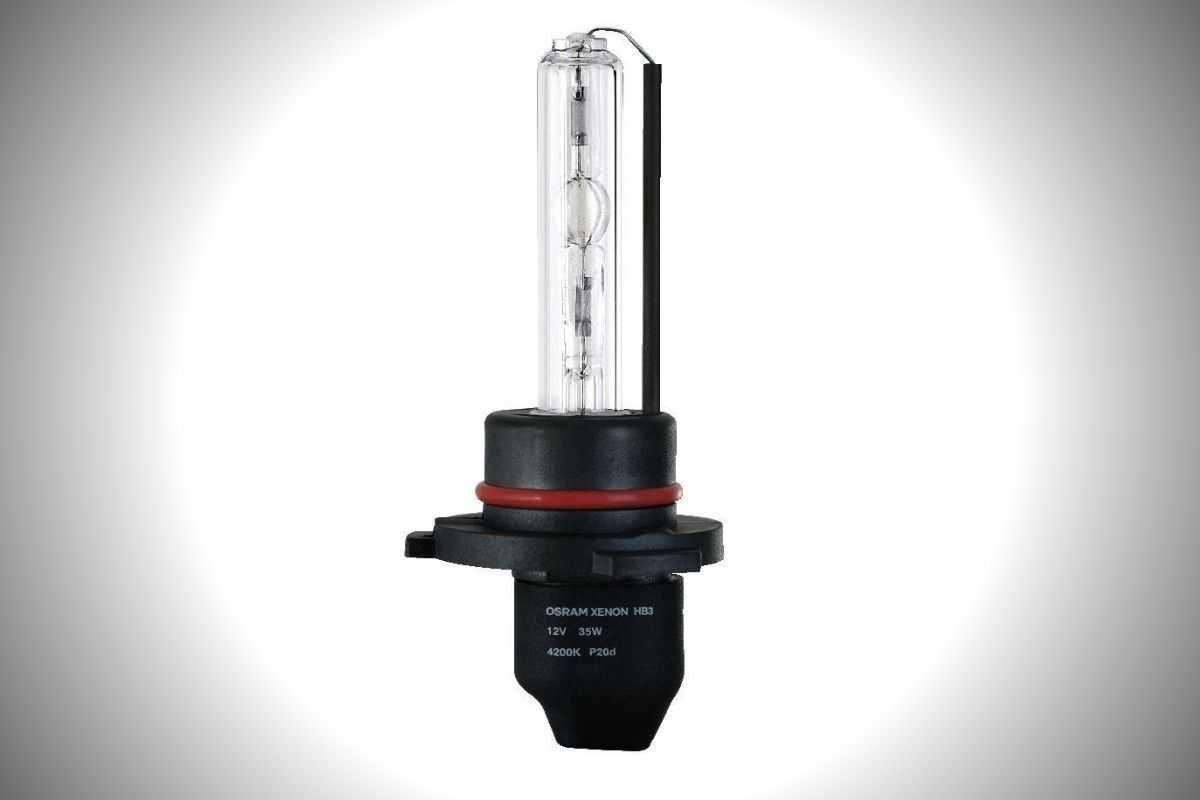
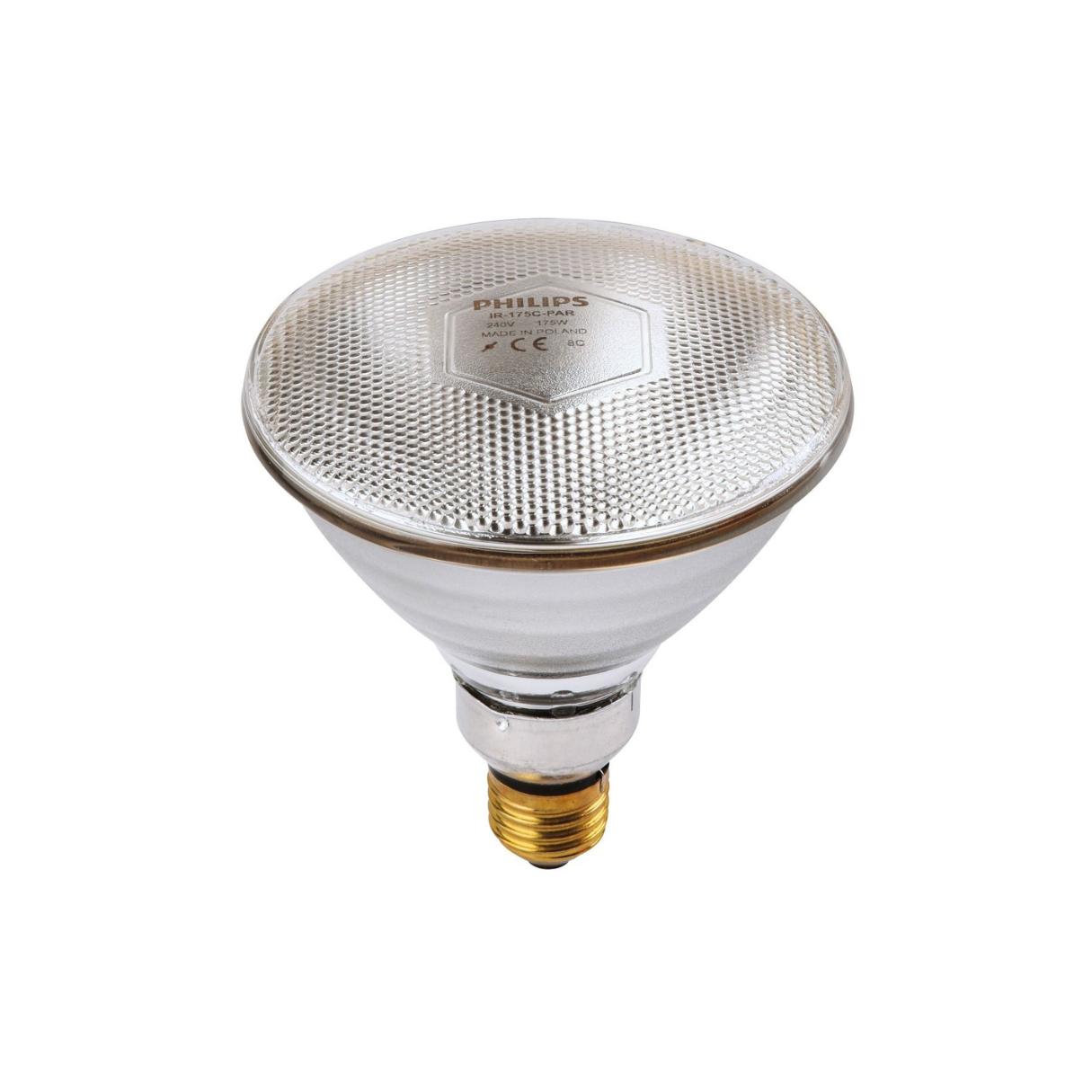
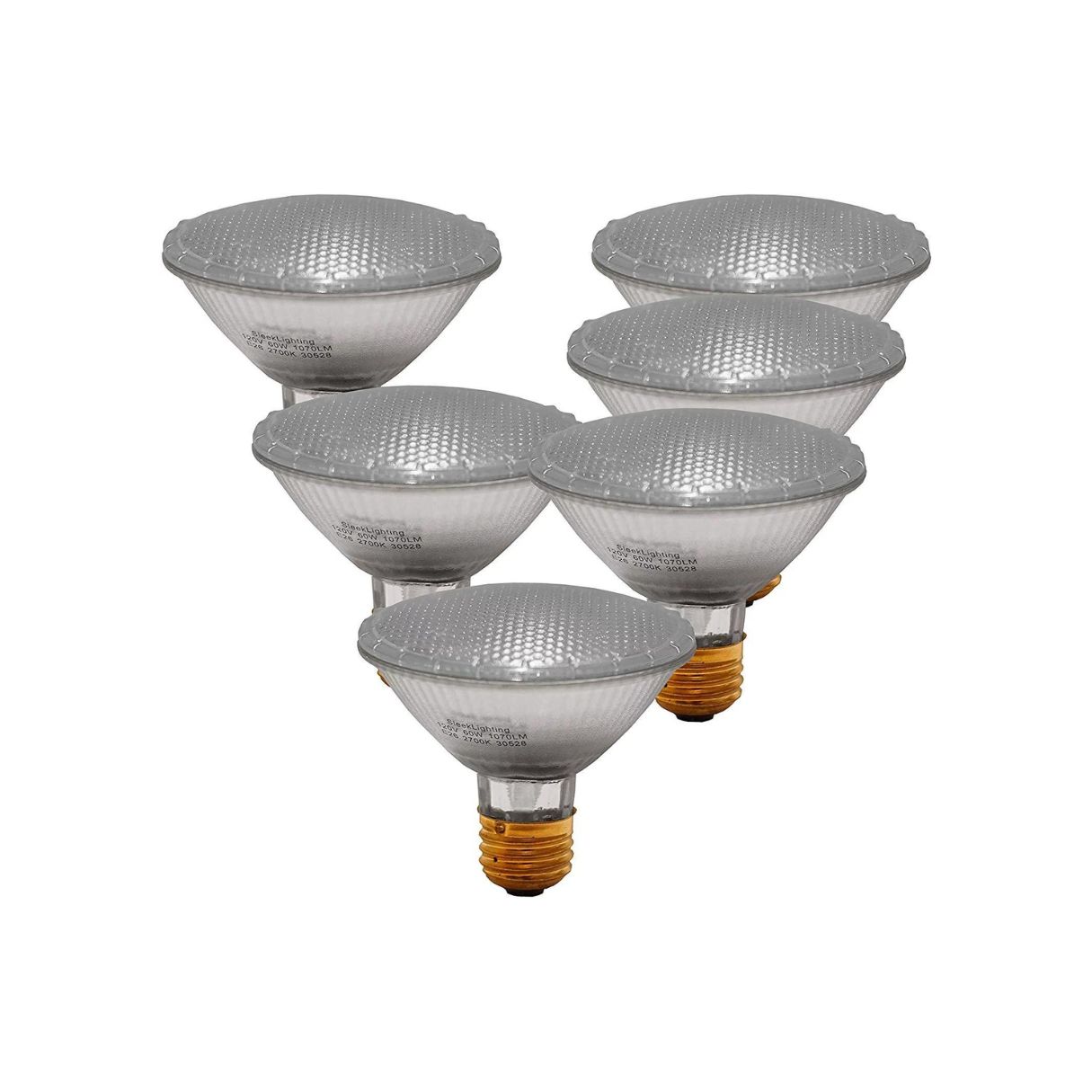
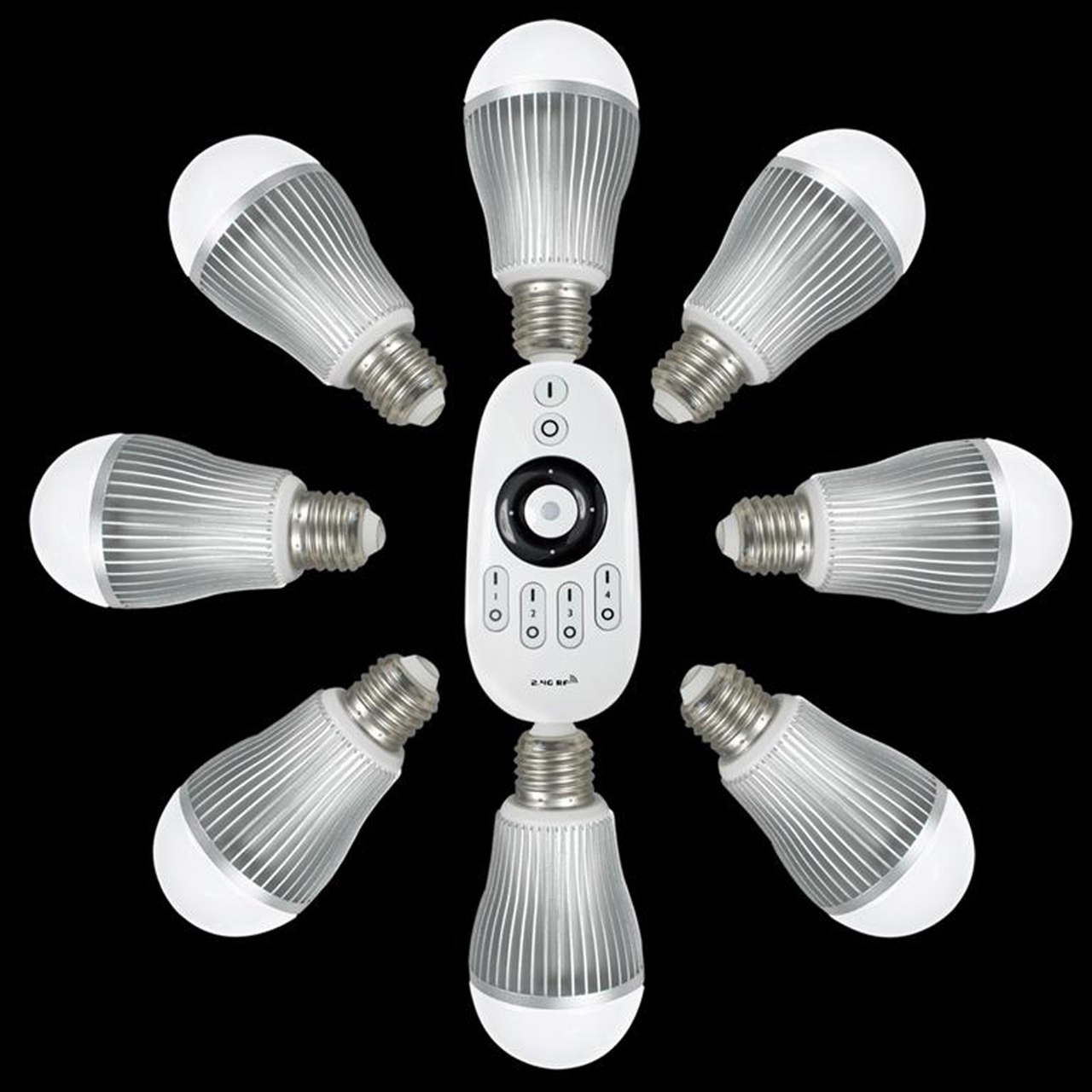
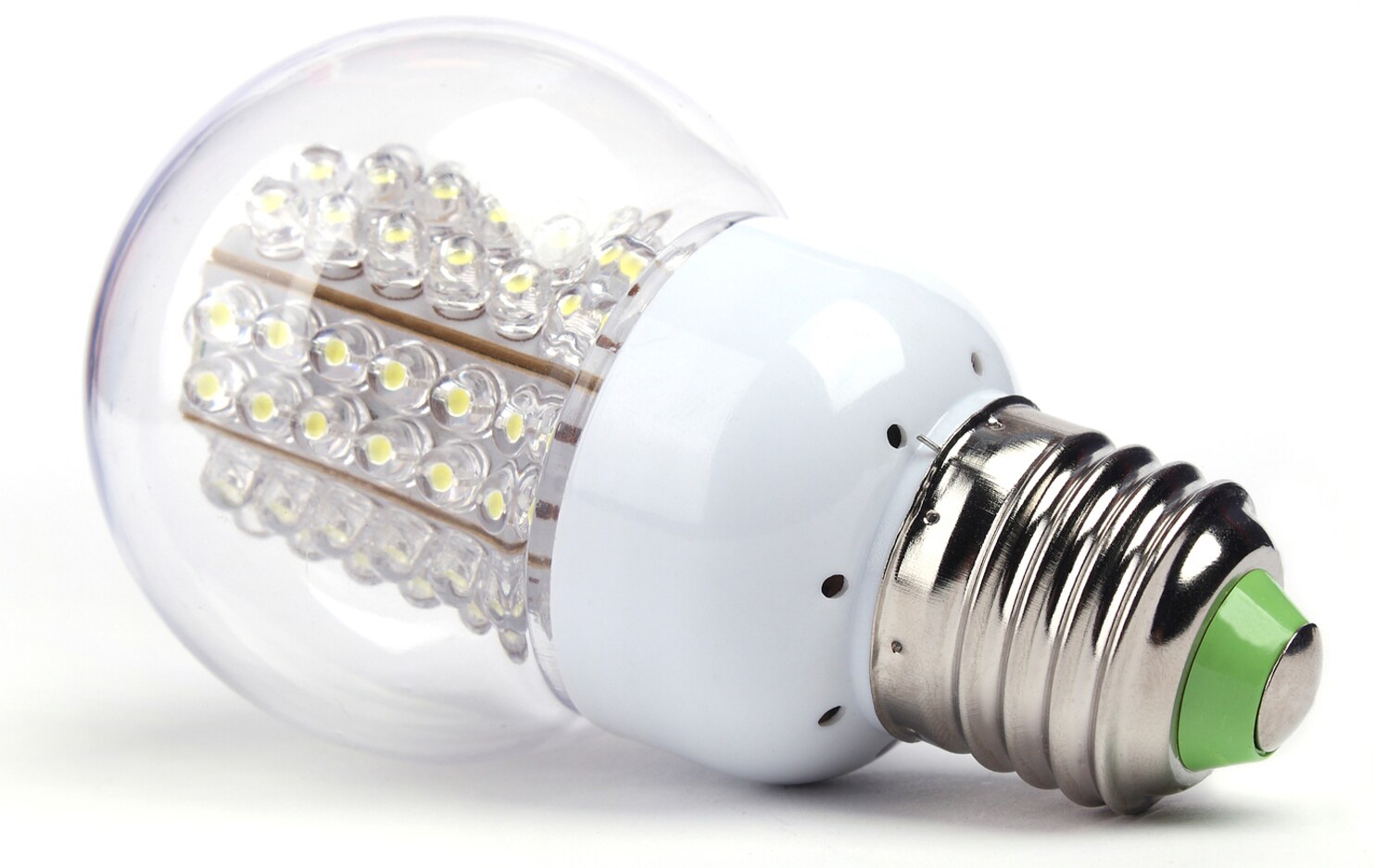
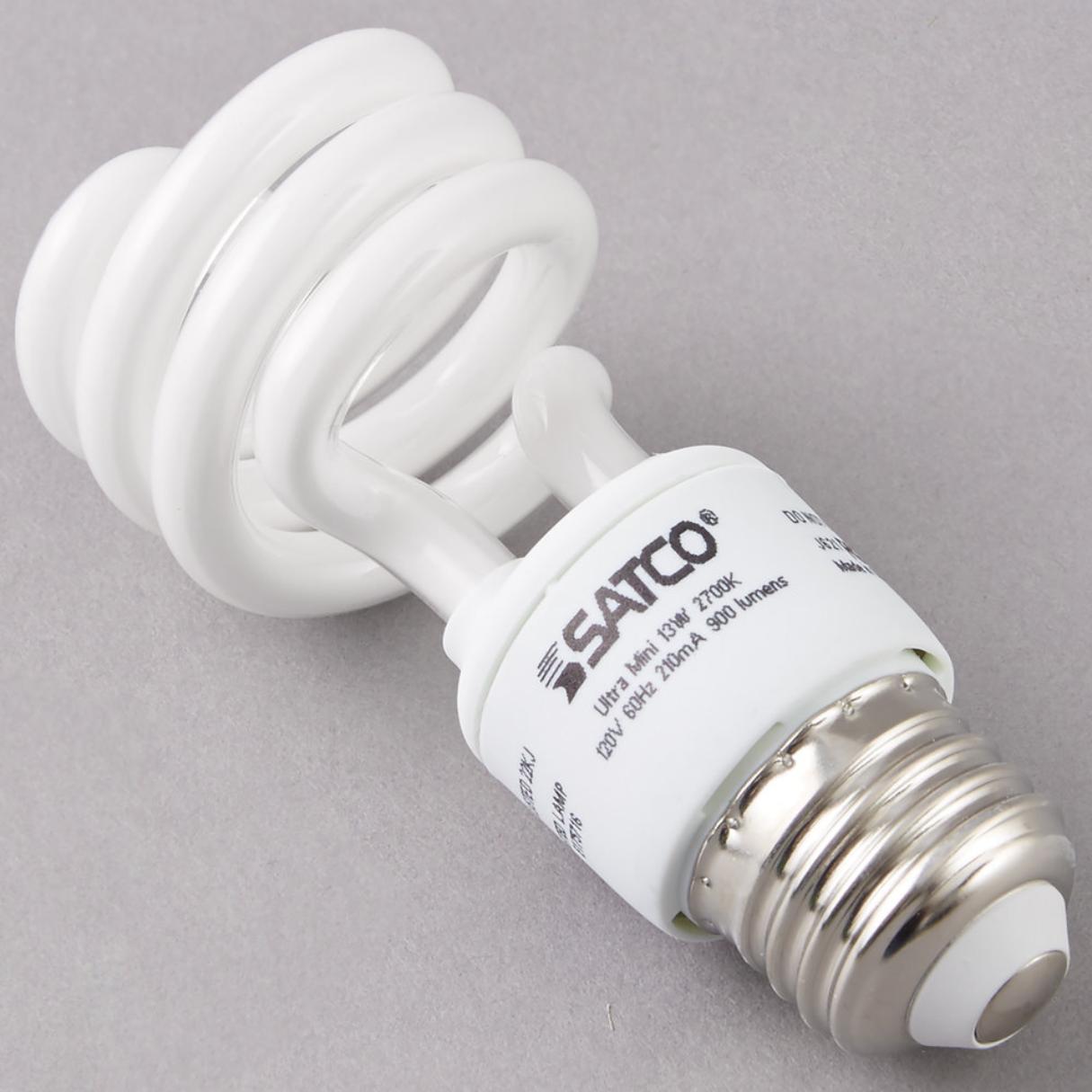
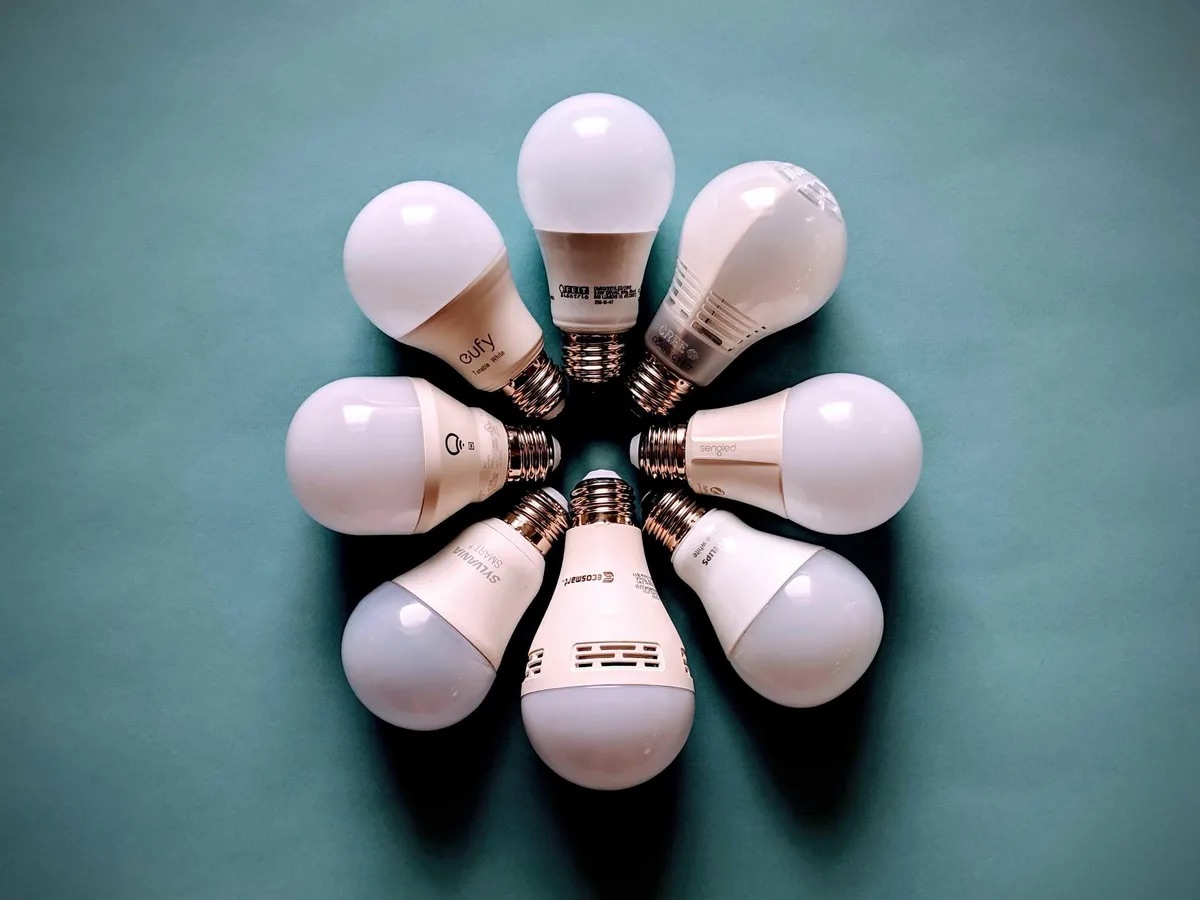


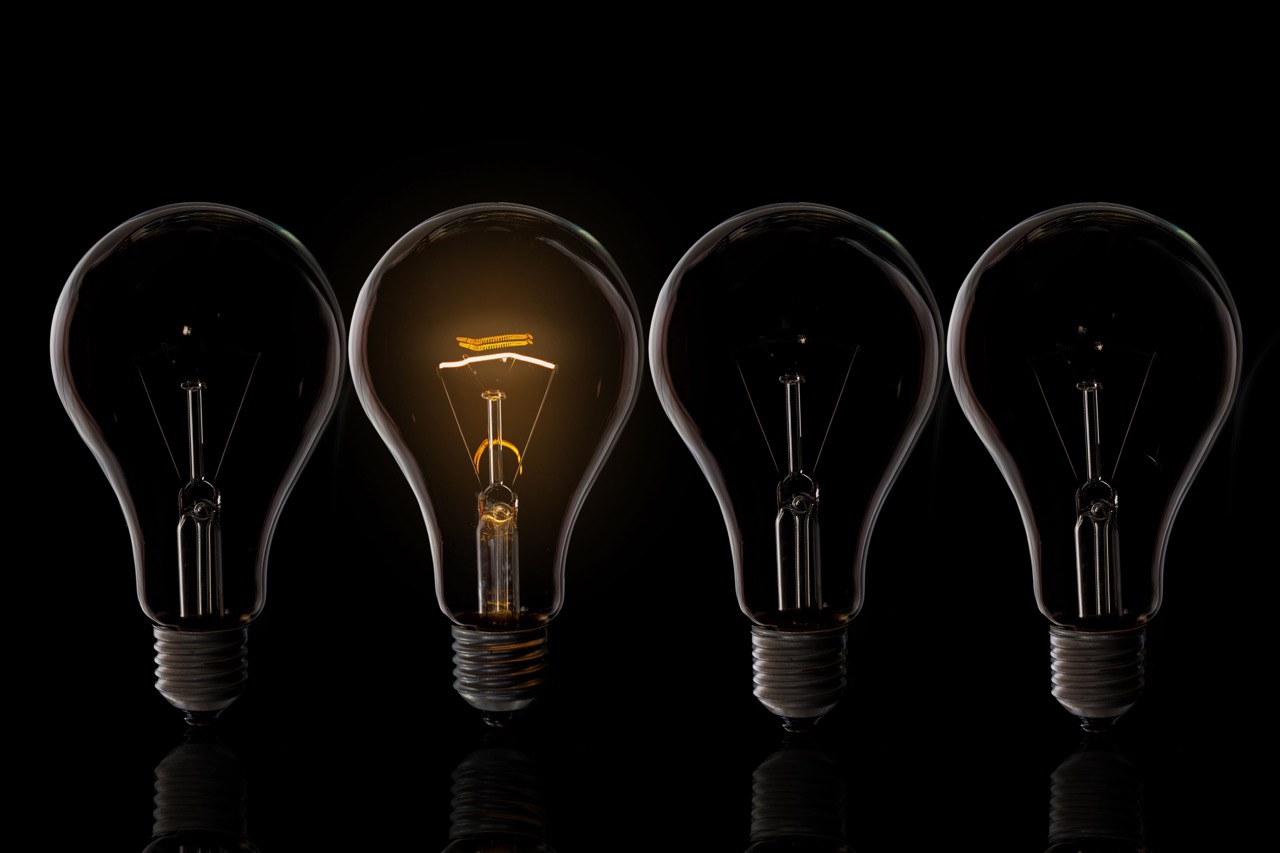

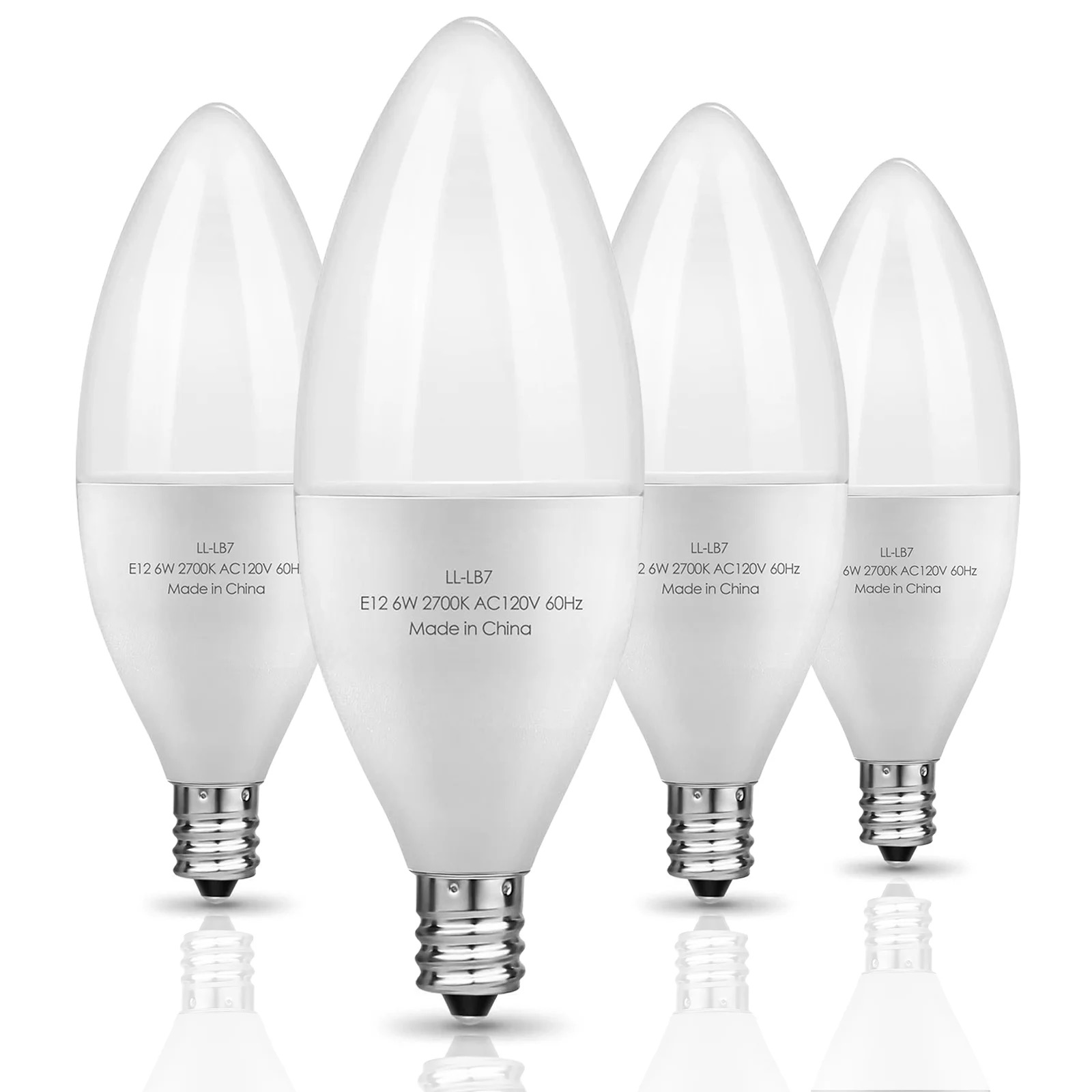
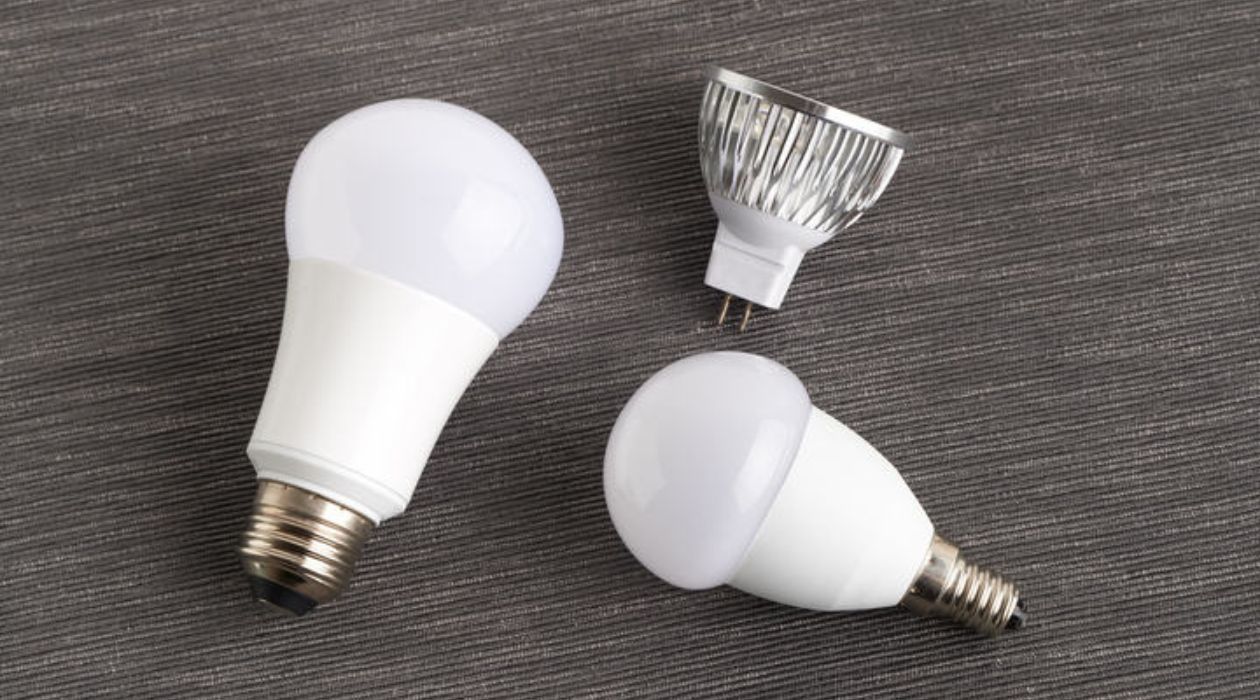


0 thoughts on “What Determines The Brightness Of A Light Bulb”